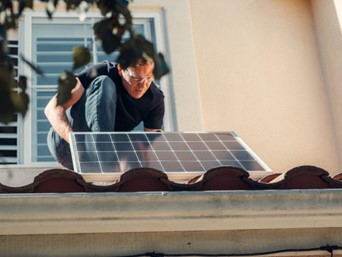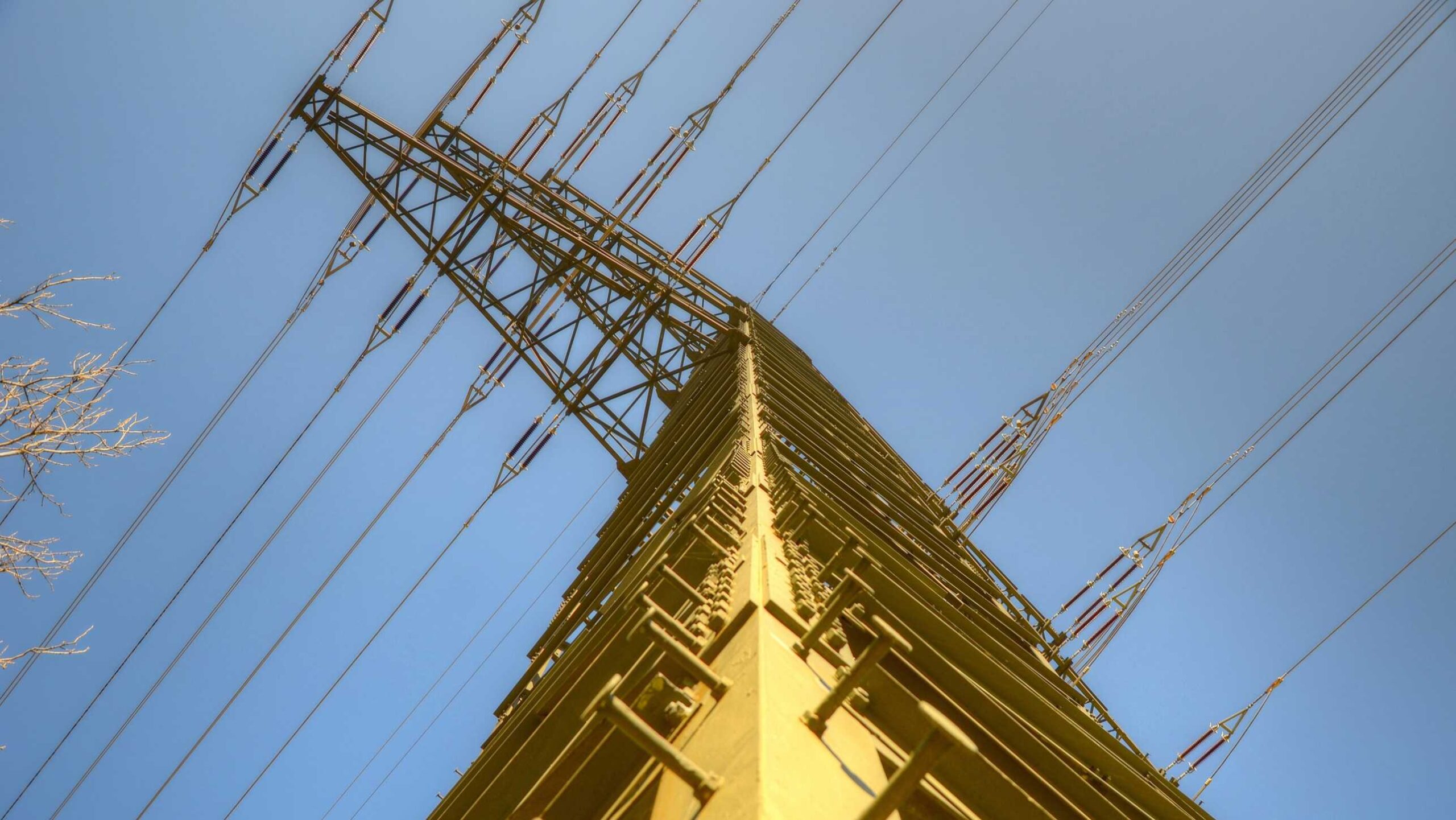Uncategorized
-

Should policymakers promote community solar PV systems in cities?
Community solar systems, defined as medium to large-scale PV installations co-owned by multiple building owners and/or tenants, offer one option to increase PV adoption in cities. This blogpost summarizes the findings of our recent paper that explores if, by how much and under which conditions community solar could help accelerate PV adoption in cities.
-

Why we need electricity trade
To decarbonize our economy, electricity will replace oil and natural gas as the primary energy carrier. Where should that power come from? Many people argue that all of it should be produced domestically. Careful analysis suggests some share of it should be imported, says Anthony Patt.
-

We need more transparent supply chains for a low-carbon society – the case of lithium mining
Every time we calculate the environmental impacts of an electric vehicle, we use data from the lithium carbonate production at the Salar de Atacama in Chile. To meet soaring lithium demand, other, more polluting mining pathways are emerging. However, poor data availability is preventing proper accounting, leading to underestimated environmental damages. What we need are…
-

Europe’s infrastructure investments are not growing fast enough to reach net zero
Massive investment in low-carbon infrastructure is required to put Europe on a path to net zero by 2050. While this is no big surprise, it is astonishing that investments are still growing rather slowly, even for market-ready technologies such as onshore wind or solar PV. This blogpost quantifies current investment gaps in Europe’s energy infrastructure…
-

Ever wondered what urban integrated photovoltaics could mean for spaces and infrastructure in Zurich?
Through different scales and spaces in the city of Zurich, this article analyzes the potential for UIPV (Urban Integrated Photovoltaics). Based on interviews with stakeholders such as architects, engineers, and the city of Zurich, the article suggests various PV implementations and their benefits at 4 different scales: Bus shelters, Parking lots, Plazas and Bridges.
-

The missing piece: How diverse behaviors shape flexible electric vehicle charging
In an increasingly decentralized and electrified energy system, electric vehicle (EV) users and their diverse behaviors could both drastically hinder or substantially support current energy transition efforts in many regions globally. The negative or positive effect depends on how users are integrated into the system. The grid risks experiencing high peaks in electricity demand when…
-

Why and how to put demand-side flexibility at the heart of the zero-carbon electricity transition
Electricity systems require more and more flexibility to integrate increasing shares of variable renewable electricity and avoid costly grid expansion. The demand side – involving electricity end-users – will be key in providing relatively cheap flexibility. Looking beyond the technical aspects is crucial to leverage this potential; namely, by addressing social and regulatory challenges. Effective…
-

Five global energy conversations to follow in 2023
In this blog post, editors Kate, Churchill, and Leopold identify five global energy conversations they will be following in 2023, which they believe will be of interest to you. Check out their picks to stay informed and engaged in these important discussions.
-

Diversifying and scaling direct air capture for a net-zero future
To meet net-zero targets by mid-century, gigatons of carbon dioxide (CO2) per year must be removed through direct air capture and storage (DACS). However, current deployment is low, requiring DACS technologies to be deployed at an unprecedented pace. The blog post explores the two most advanced capture methods used in DACS, compares their scalability, and…
-

America’s Inflation Reduction Act is asking too much of car manufacturers and electric vehicle supply chains
America’s recently passed climate law, the Inflation Reduction Act (IRA), provides strong support for accelerated adoption of clean vehicles in the US. Subsidies are generous for consumers looking to go electric, but only for vehicles that meet strict geographic requirements for critical mineral sourcing, battery manufacturing and vehicle assembly. Unabashedly, the US is seeking to…